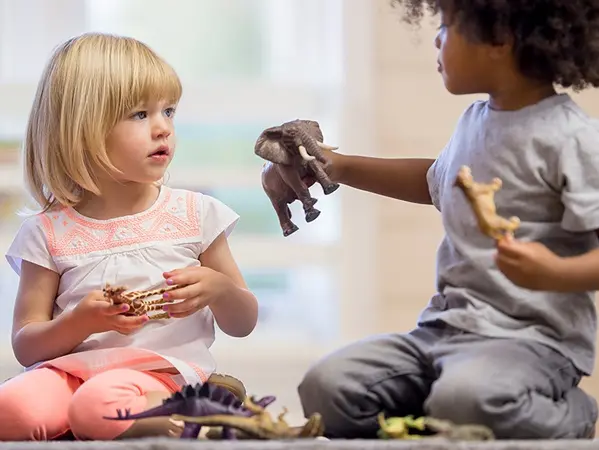Introduction
In a world that often feels more divided than ever, empathy stands as a powerful force for unity and understanding. For children, learning empathy is crucial for developing positive relationships, navigating social interactions, and becoming caring adults. But empathy is not an innate skill—it can and should be nurtured.
In this blog, we’ll explore what empathy is, why it’s important, and practical ways to teach children to recognize and respond to the feelings of others.
What Is Empathy?
Empathy is the ability to understand and share the feelings of another. It goes beyond sympathy, which is simply feeling sorry for someone; empathy allows us to feel with others. Children who develop empathy are better equipped to build strong relationships, communicate effectively, and collaborate in group settings.
Why Empathy Matters
Empathy is a core component of social-emotional learning (SEL), helping children:
- Form deeper connections with friends and family.
- Reduce bullying and promote kindness.
- Develop leadership skills and a sense of responsibility.
- Navigate social conflicts more peacefully.
How to Teach Empathy to Children
- Model Empathy: Children learn best by example. Demonstrate empathy in your everyday interactions. Show them how you respond to others’ emotions by acknowledging their feelings and offering support.
- Encourage Perspective-Taking: Engage children in discussions that require them to consider someone else’s point of view. Ask, “How do you think they feel?” or “What would you do in their situation?”
- Use Storytelling: Stories are powerful tools for teaching empathy. When reading books or watching movies, pause to discuss the characters’ emotions. Ask questions like, “Why do you think they acted that way?” or “How do you think they felt when that happened?”
- Empathy Games and Activities: Activities like role-playing and empathy cards can help children practice recognizing and understanding emotions. You can use tools like the “Emotion Mask” activity or create “Kindness Challenges” where kids engage in acts of kindness for others.
Teaching Empathy in Daily Life
Use moments in your child’s everyday life to reinforce empathy. Encourage them to help a friend in need, listen actively to others, and reflect on how their actions impact others. Small gestures, like comforting a sad classmate or showing kindness to a sibling, go a long way in building empathy.
Conclusion
Empathy is a life skill that enhances not only a child’s social relationships but also their future success in school, work, and life. By teaching and modeling empathy, you’re equipping your child with the tools they need to become caring, understanding individuals.


Hi, this is a comment.
To get started with moderating, editing, and deleting comments, please visit the Comments screen in the dashboard.
Commenter avatars come from Gravatar.